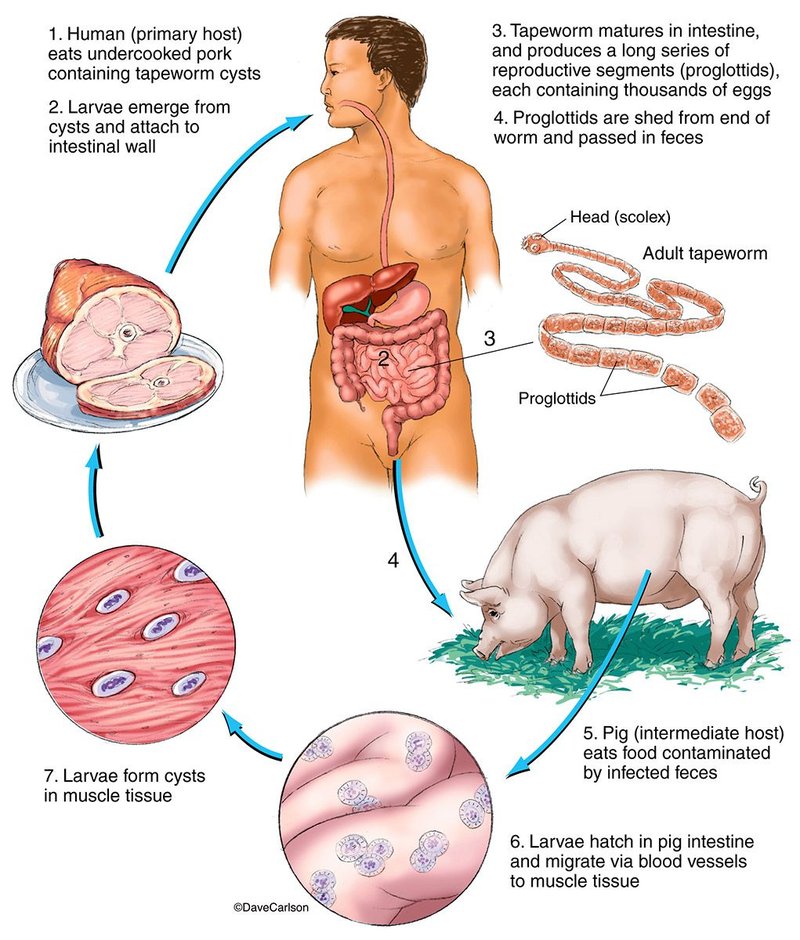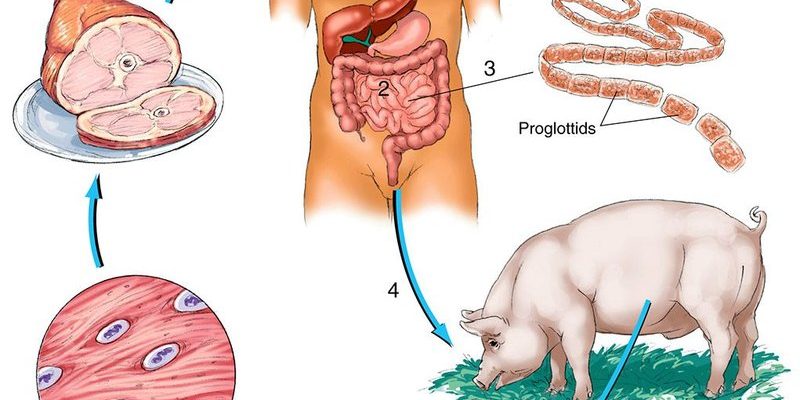
Guppy tapeworms are not your typical roommates—they’re the clingy ones that don’t pay rent. They attach themselves to the intestines of guppies and other fish, feeding on the nutrients that pass through. Imagine them as tiny, unwelcome guests at a dinner party, happily snacking away while the host is none the wiser. If you’re a guppy owner or just curious about these creatures, let’s unravel the mystery behind their feeding habits together.
In this article, we’ll break down how guppy tapeworms feed, what they do once they latch on, and why it’s important to keep your fish healthy and happy. So, grab your favorite mug, and let’s explore the fascinating world of these aquatic parasites.
What Are Guppy Tapeworms?
Guppy tapeworms are a type of flatworm that can invade the intestines of guppies and other fish. They belong to the class Cestoda and can be quite common in aquariums, especially if the tank isn’t kept clean. To think of them another way, imagine them as unwanted hitchhikers on a fish’s journey through life—always looking for a free meal.
These organisms come in various shapes and sizes, but the ones that affect guppies are particularly small and slender. You might not notice them right away, but they can cause serious problems for your fish if left unchecked. They have a unique structure that allows them to attach firmly to the intestinal walls, making it difficult for the host fish to get rid of them.
Understanding what these tapeworms are helps set the stage for knowing how they operate and what they need to thrive.
How Do Guppy Tapeworms Attach to Their Host?
When a guppy becomes infected with tapeworms, it usually happens through contaminated food or water. The larvae of these worms are often found in the environment, ready to latch onto a fish. Imagine this process as a stealthy ninja attack—quiet and precise.
Once they find their way into a fish’s intestines, they use a special body part called a scolex. The scolex is like a suction cup that grips onto the intestinal wall. Once attached, they can withstand the digestive juices and start feasting on the nutrients that the guppy ingests.
This attachment is crucial for their survival. Without being firmly anchored, they would be washed away by the fish’s digestion. It’s a bit like holding onto a roller coaster during a wild ride—without a firm grip, you’d be in trouble!
Feeding Mechanism of Guppy Tapeworms
So, how does a guppy tapeworm actually eat? Imagine it as a tiny vacuum cleaner, sucking up nutrients directly from the fish’s digestive system. They don’t have a mouth in the traditional sense; instead, they absorb nutrients through their skin and into their bodies.
These tapeworms thrive on the digested food particles that pass through the intestines. The nutrients absorbed include proteins, vitamins, and minerals, essentially robbing the guppy of what it needs to stay healthy. It’s kind of like getting robbed of your snacks right before a big meal—super frustrating!
As they continue to feed, tapeworms grow longer and more mature. They can even segment themselves into parts, a process called strobilation, allowing them to produce more eggs. This reproductive strategy can lead to a higher tapeworm population in the tank, which is not good news for your fish.
Symptoms of Tapeworm Infection in Guppies
You might be wondering how to tell if your guppy is playing host to these unwanted parasites. Look for some common signs that may indicate a tapeworm infection:
- Weight Loss: If your guppy appears thinner than usual despite eating normally, it could be a sign of tapeworms taking their share.
- Behavior Changes: Infected fish may become lethargic or show a decreased appetite, which is never a good sign.
- Visible Segments: Sometimes, you can see segments of the tapeworm in the fish’s feces or around the tank, looking like tiny rice grains.
If you notice any of these symptoms, it’s crucial to take action quickly. A tapeworm infestation can lead to more severe health issues and even death if not addressed promptly.
Treating Guppy Tapeworms
If you suspect your guppy has tapeworms, don’t panic! There are effective treatments available, and getting rid of these pests is possible. Start by seeking advice from your local aquarium store or veterinarian, as they can recommend the best products for treatment.
Here’s a quick step-by-step on how to treat guppy tapeworms:
1. Isolate the Infected Fish: If you have multiple fish, it’s best to isolate the infected guppy to prevent spreading the parasites.
2. Medication: Use an anti-parasitic medication specifically designed for guppies. Follow the dosing instructions carefully for effectiveness.
3. Clean the Tank: Thoroughly clean the aquarium to remove any remaining larvae or eggs present in the environment.
4. Maintain Good Water Quality: Regularly check water parameters and ensure they are optimal for your guppies. Good water quality helps strengthen their immune system.
With diligence and care, you can help your guppy recover from a tapeworm infection and get back to swimming happily in your aquarium.
Preventing Guppy Tapeworms
Preventing tapeworms is much easier than treating them. Here are some tips to keep your tank free of these pesky invaders:
- Quality Food: Always use high-quality fish food and avoid overfeeding to minimize waste, which can lead to contamination.
- Regular Tank Maintenance: Clean your tank regularly, including substrate and decorations, to eliminate potential habitats for parasites.
- Health Monitoring: Keep an eye on your fish for any signs of illness. The sooner you catch problems, the easier they’ll be to address.
Practicing good husbandry habits not only prevents tapeworm infestations but also contributes to a healthier aquarium overall.
Understanding the feeding mechanism of guppy tapeworms offers valuable insight into maintaining a healthy aquarium environment. These tiny parasites may seem insignificant, but they can cause big problems for your fish. By knowing how they attach, feed, and the signs of infection, you can take proactive steps to protect your guppies.
With proper care, cleaning, and attention, you can enjoy a vibrant and thriving aquatic ecosystem. So, keep your fish happy, monitor their well-being, and let them delight in their underwater world—minus the tapeworms!

